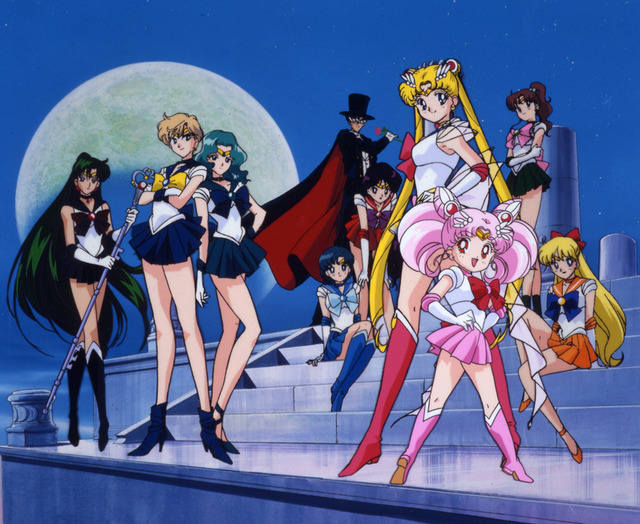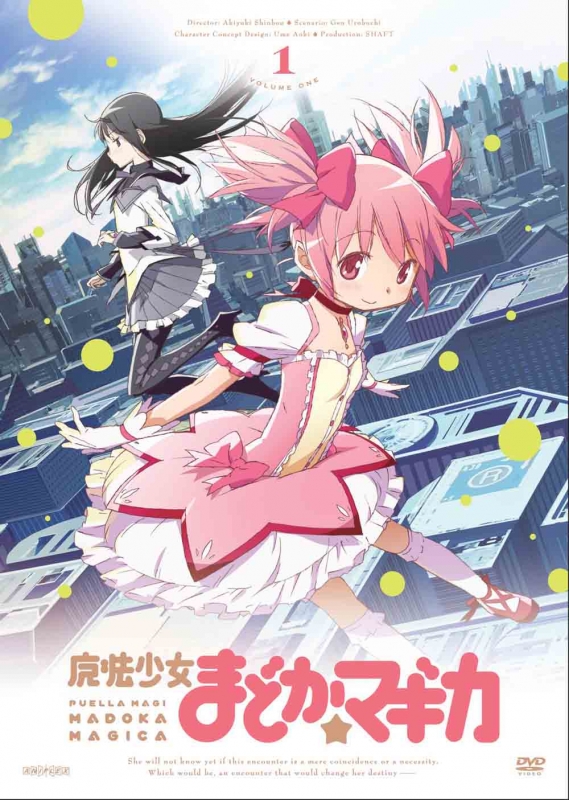Henshin Heroines: A Guide of transforming magical girls for Western Fans
Japanese pop culture is renowned for its unique and often eccentric terminology. For Western fans delving into the world of anime, manga, and tokusatsu, understanding this jargon is key to truly appreciating the nuances and depth of the narratives. Today, we’ll explore one fascinating aspect: the captivating world of "henshin heroines," a term that encompasses a rich tapestry of female characters undergoing transformations. While a direct translation might be "transforming heroines," the term carries far more cultural weight.
The concept of a "henshin" (変身) itself is deeply rooted in Japanese folklore and storytelling. Think of magical transformations, shapeshifting, and the sudden, dramatic shift in power and appearance. This isn't just a simple costume change; it's a ritualistic act, often accompanied by vibrant visuals, catchy sound effects, and a palpable sense of empowerment. This transformative process is central to the appeal of many popular franchises.
Beyond the Transformation: Understanding the Nuances
While the term “henshin heroine” might seem straightforward, the reality is much richer. These characters aren't just defined by their transformations; they embody a complex array of characteristics:
-
The Everyday Girl: Often, these heroines start as ordinary individuals – students, office workers, or even seemingly unremarkable individuals. This relatable starting point allows audiences to connect with them on a personal level, making their transformation all the more impactful. The contrast between their mundane existence and their heroic alter ego is a key element of their appeal.
-
The Power of Transformation: The "henshin" sequence itself is a spectacle. It's a visual feast, a moment of empowerment, and a symbolic representation of the heroine's journey. It’s not merely about changing clothes; it's about embracing a new identity, a new strength, and a new responsibility. The accompanying soundtrack and visual effects are integral to this experience.
-
The Dual Identity: The heroine often navigates a double life, juggling the demands of her everyday existence with the responsibilities of her heroic alter ego. This adds a layer of complexity and drama to the narrative, exploring themes of identity, responsibility, and the sacrifices required for heroism.
-
More Than Just Pretty Faces: While many henshin heroines are visually striking, their appeal goes far beyond mere aesthetics. They are often portrayed as intelligent, resourceful, and courageous individuals, capable of overcoming significant obstacles and inspiring others. Their strength isn't solely physical; it's a combination of physical prowess, mental fortitude, and unwavering determination.
-
A Wide Spectrum of Personalities: The term encompasses a wide range of characters. Some are bubbly and optimistic, while others are serious and brooding. Some rely on technology, while others harness mystical powers. This diversity makes the "henshin heroine" archetype endlessly fascinating.
Popular Examples and Franchises:
Several popular anime, manga, and tokusatsu series showcase iconic henshin heroines:
- Sailor Moon: Arguably the most famous example, Sailor Moon and her Sailor Guardians exemplify the classic henshin heroine archetype. Their transformations are iconic, their personalities diverse, and their stories resonate with audiences worldwide.

- Magical Girl Series: The "magical girl" genre is closely related, featuring young girls who transform into magical warriors. Series like Puella Magi Madoka Magica and Cardcaptor Sakura offer compelling twists on the classic formula, exploring darker themes and complex character arcs.

-
Tokusatsu Series: Live-action tokusatsu shows often feature henshin heroines as integral parts of their ensembles. These heroines frequently showcase impressive fighting skills and strong moral compasses.
-
Modern Interpretations: Contemporary works continue to explore and reinterpret the henshin heroine trope, offering fresh perspectives and innovative takes on the classic formula.
The Cultural Significance:
The enduring popularity of henshin heroines speaks to their cultural significance. They represent empowerment, transformation, and the ability to overcome adversity. They serve as positive role models for young girls and women, showcasing strength, resilience, and the importance of embracing one's true self. The transformative aspect resonates with the desire for self-improvement and the belief in the potential for change.
Beyond the Surface: Exploring Deeper Themes
Many narratives featuring henshin heroines explore deeper themes, such as:
-
Identity and Self-Discovery: The transformation is often a journey of self-discovery, as the heroine learns to accept and embrace her powers and her true identity.
-
Friendship and Teamwork: Many stories emphasize the importance of friendship and teamwork, showcasing the power of collaboration in overcoming challenges.
-
The Burden of Responsibility: The heroines often grapple with the weight of their responsibilities, the sacrifices they must make, and the consequences of their actions.
-
Social Commentary: Some narratives use the henshin heroine trope to explore broader social issues, such as gender roles, societal expectations, and the challenges faced by women in a patriarchal society.
Conclusion:
The "henshin heroine" is more than just a trope; it's a powerful symbol of empowerment, transformation, and the enduring appeal of fantasy and heroism. Understanding the nuances of this archetype allows Western fans to delve deeper into the rich tapestry of Japanese pop culture, appreciating the complexities and cultural significance of these captivating characters. From the iconic transformations to the exploration of deeper themes, the henshin heroine continues to captivate audiences worldwide, demonstrating the enduring power of storytelling and the transformative potential of imagination.